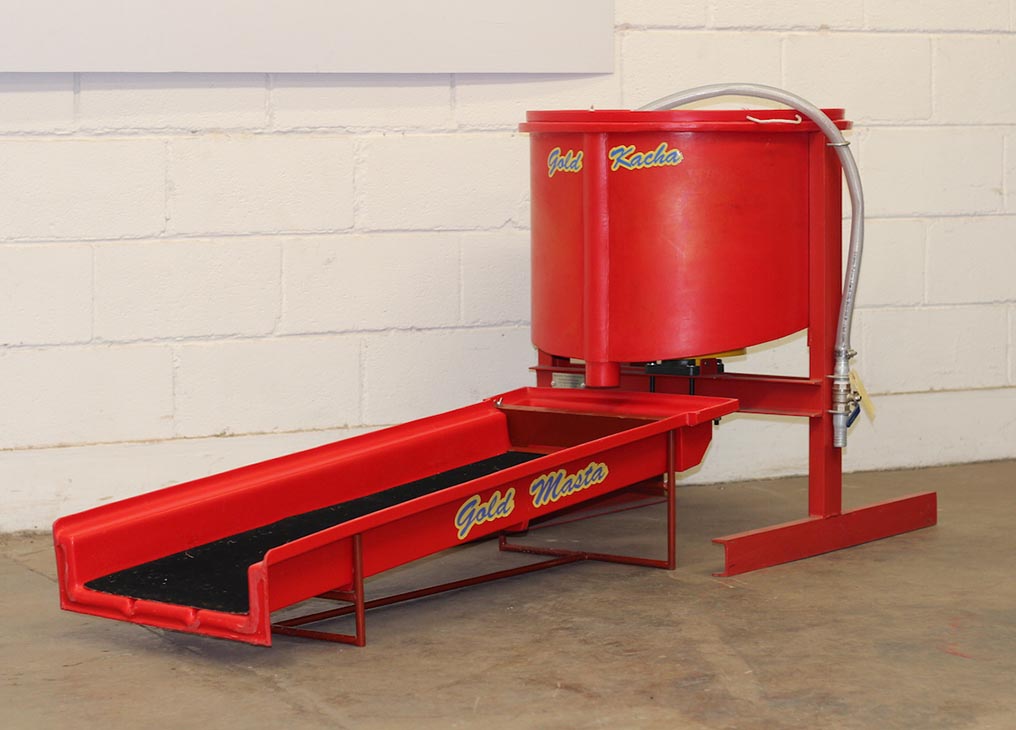"Appropriate Process Technologies (APT) is assisting the 15 million artisanal and small scale (ASM) gold miners around the world with the development of a gold production mining unit system that avoids the use of mercury, reducing costs along with environmental impact".
Small-scale miners extract between 10-15% of the global gold supply chain but make up over 90% of the labour force in gold mining worldwide, with over 100 million people dependent on ASM.
APT acknowledges that although it is a global force in numbers, the sector has struggled with gathering funds to use sufficient production systems, scrounging with sluices and hand panning dishes.
It says the key is to provide the artisanals with an efficient package that it “ready to being producing right out of the box”, leading to speedy repayment of the investment and continued viability.
The end product, being elemental gold, has until now been produced using mercury to separate primary gravity concentrates, resulting in environmental damage and driving up supply costs.
APT have developed and manufactured an alternative system which comprises the GoldKacha concentrator allied to an efficient upgrader called a GoldKonka and finally a small smelting furnace.
No mercury is necessary at all.
One Mining Family Unit (MFU) in South Africa using the APT GoldKacha system and working a 1 grams per tonne gold yield resource can recover 20 grams per day, or up to 500 grams per month.

APT's GoldKacha Plant at work in the field
The GoldKacha will process between one and three tonnes an hour without the use of mercury and is profitable at APT has managed to reduce the price of the GoldKacha to sponsor ASM FMUs and assist in financing purchases.
It is also inviting trade and non-government organisation enquiries, and has tailored special pricing for volume purchase. South Africa-based APT provides modular plant systems including wash plants, hard rock plants, concentrators, cyanidation and upgrade modules as well as testwork.
Its focus on reducing risks and increasing productivity has led to a rise in sales in the last three months of 2013, according to chief executive officer Kevin Peacocke. “This is absolutely against global trend,” he wrote in the January 2014 edition of APT magazine, “and one very interesting statistic to emerge is that conversion of enquiries to actual sales is by far the highest in the smaller sector, and this is increasing dramatically. “This sector is where the risks are higher, the pre-qualification of resource more difficult, but perhaps this is being outweighed by the lower capital required.

I have another theory to add – this is where the highest grade, and the highest potential for success exists. “This is where APT comes through with a package to reduce the risks and increase that potential. By keeping entry capital levels low, the risk, or rather the exposure is diminished. In keeping the operating costs way down, the profitability is increased,” he continued.
“What is special, if not unique to the APT product range is that we have endeavoured and achieved low capital and operating cost right across the range, including the small entry level where most of the high grade opportunities exist.
”In August 2013 the company introduced its B Series recovery equipment module, which provides simple and efficient RG Scrubber processing plants for gold recovery in alluvial plays, to assist in start-up mining programs.
Magazine Website



























